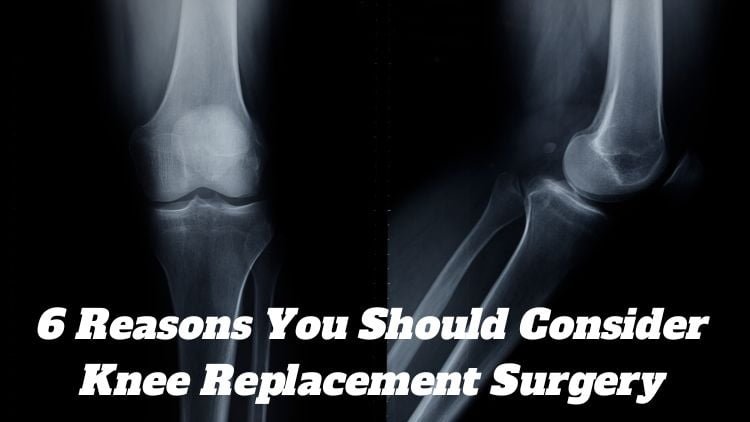You’ll thank yourself tomorrow for caring about your orthopedic health today.
The health of your bones and joints affects your mobility, and thereby the quality of your life. So, it’s critical you take proper care of them.
Fortunately, there are small steps that you can take daily to improve your bones’ strength and keep your orthopedic health intact.
Here are a few things you can do every day to keep your bones healthy:
1. Get enough calcium
It’s important to get plenty of calcium in your diet, which helps your bones stay strong and healthy.
You can get it from milk, cheese, and yogurt, but also from fortified foods like cereals, bread, and so on.
In short, ensure you’re eating food every day that provides you with enough calcium.
2. Get enough vitamin D
Vitamin D is needed for the body to absorb calcium, so it’s important that you get enough sun exposure each day to make sure you get enough vitamin D.
If you live in an area where there are few sunny days during the winter months, talk to your doctor about taking a supplement or applying sun cream instead.
3. Work out regularly
It’s well known that regular exercise reduces the risk of osteoporosis (a condition where bones become fragile).
Regular activity also helps keep muscles strong and supple, which protects against falls and other injuries that can be dangerous for people with osteoporosis or other health problems such as arthritis.
So, join your local gym; especially for strength training. Wake up early every morning and visit that local park to walk and do light workouts.
4. Eat protein-rich food
Protein is important for building and repairing bones. A diet rich in protein can help to keep your bones strong. It also helps promote muscle growth and development, which is important for building strong bones.
The best sources of protein are lean meat, fish, poultry, beans, and milk products. Make sure your daily diet includes these items.
5. Stop smoking
Smoking has been shown to lead to osteoporosis and increased risk of fractures. People who smoke are more likely to suffer from osteoporosis than nonsmokers. If you smoke, consider quitting immediately.
If you’re not ready to quit yet, try to cut down on the number of cigarettes you smoke each day or switch to an alternative form of tobacco such as e-cigarettes or cigars that do not contain tobacco leaves or chemicals.
Get professional help if quitting smoking seems very difficult.
6. Limit your caffeine and alcohol intake
Caffeine may cause osteoporosis by affecting cell growth and the body’s ability to absorb calcium and phosphorous from food sources.
Alcohol can also increase your risk for osteoporosis if consumed in large amounts over time or if consumed regularly and particularly during periods of rapid growth such as adolescence.
So, audit how much caffeine and alcohol your body is getting every day. Limit the quantity.
7. Consult an orthopedic doctor
You don’t have to wait for your knee to go worse before you connect with the best knee replacement surgeon in Kolkata.
Meaning: don’t wait for something bad to happen to consult a specialist. Visit the best orthopedic doctor in Kolkata for regular checkups. Seek their advice and recommendations on what you can do every day to improve the health of your bones and joints.
Final words
These are some of the things you can do daily (and recurringly for the last point) to intact your orthopedic health.
Degradation in the condition of bones and joints is gradual. Even if your orthopedic health isn’t good, you won’t necessarily notice it until it gets worse. So, pay attention to your orthopedic health and take prompt measures as needed.










